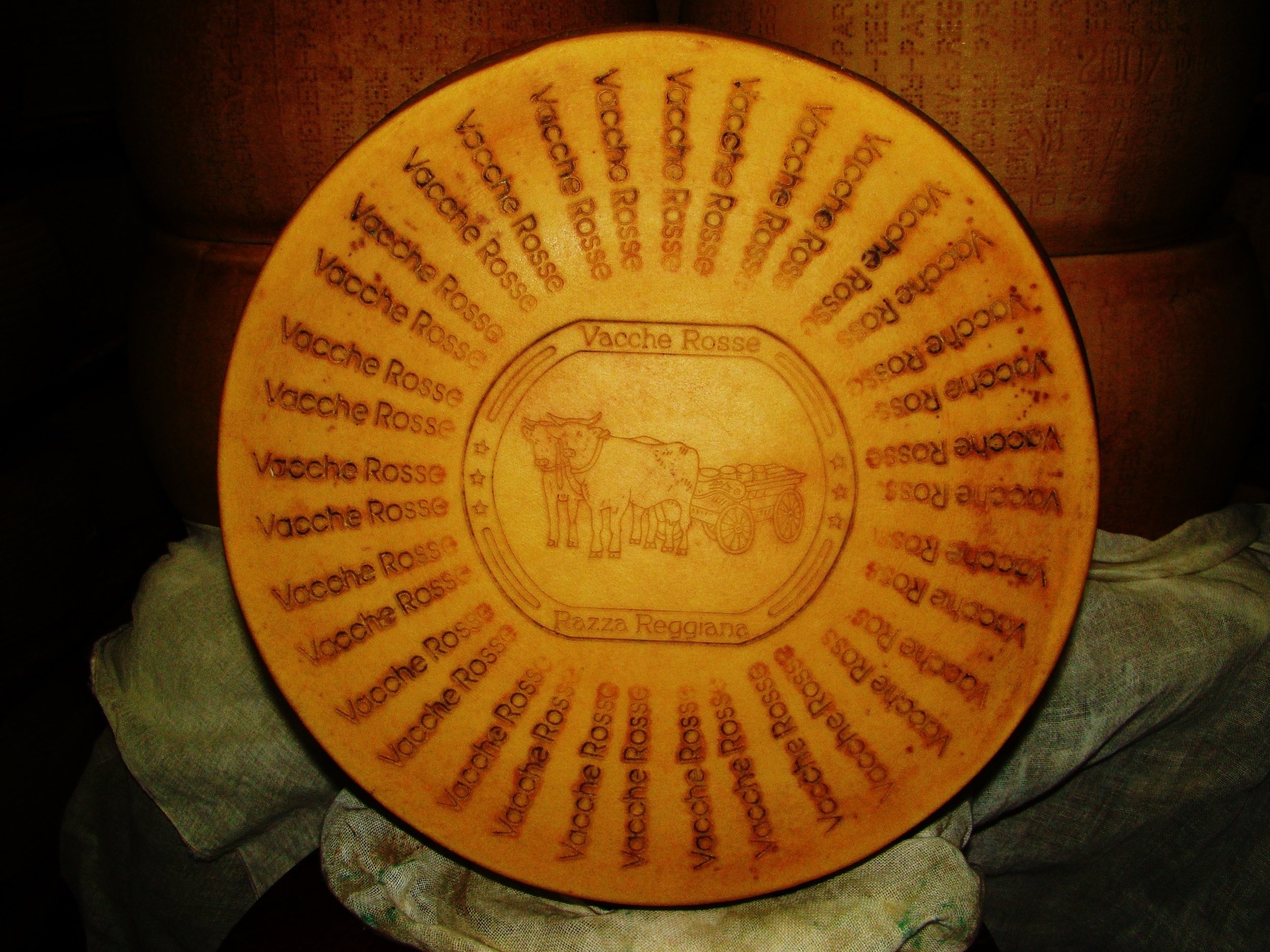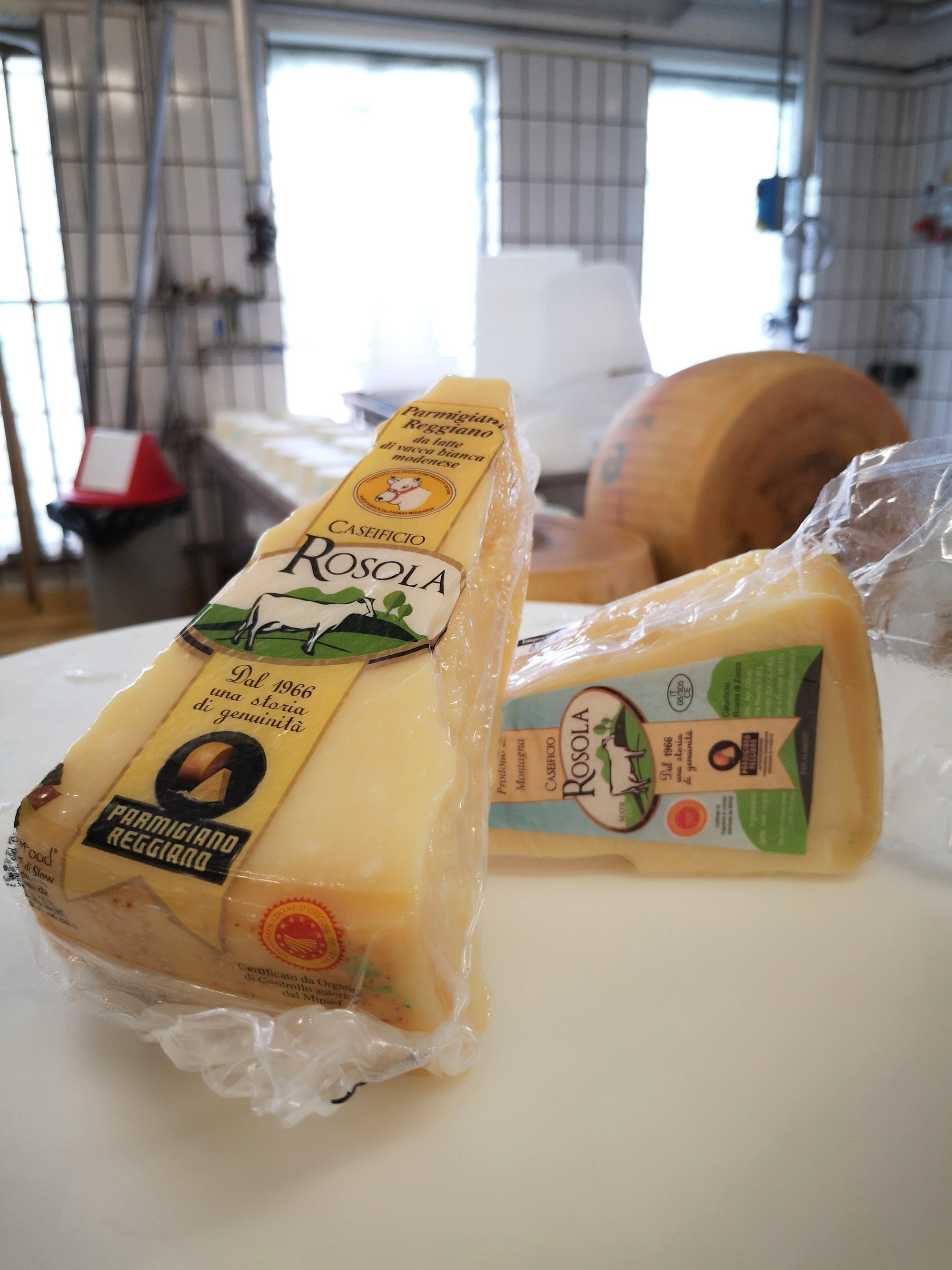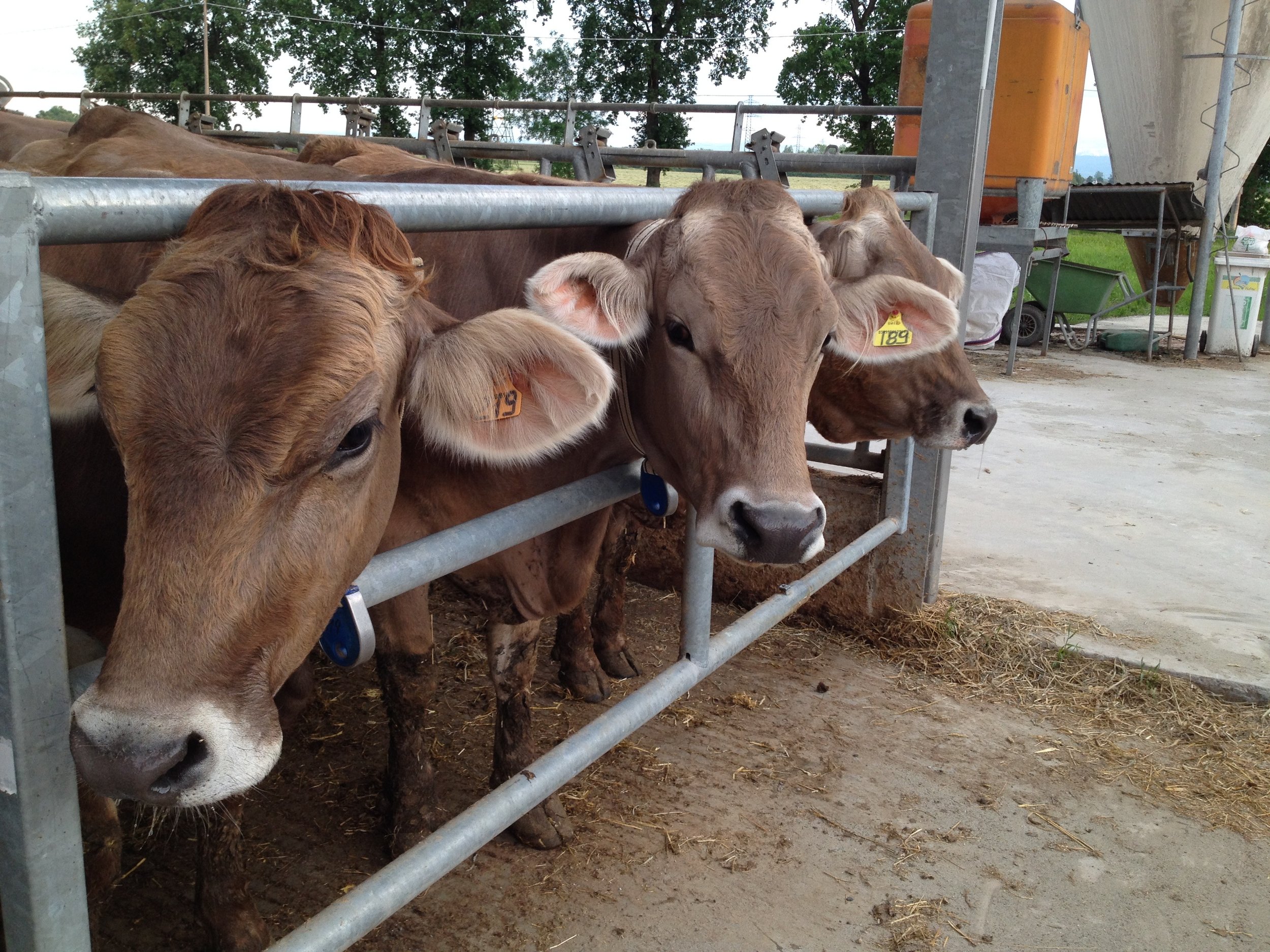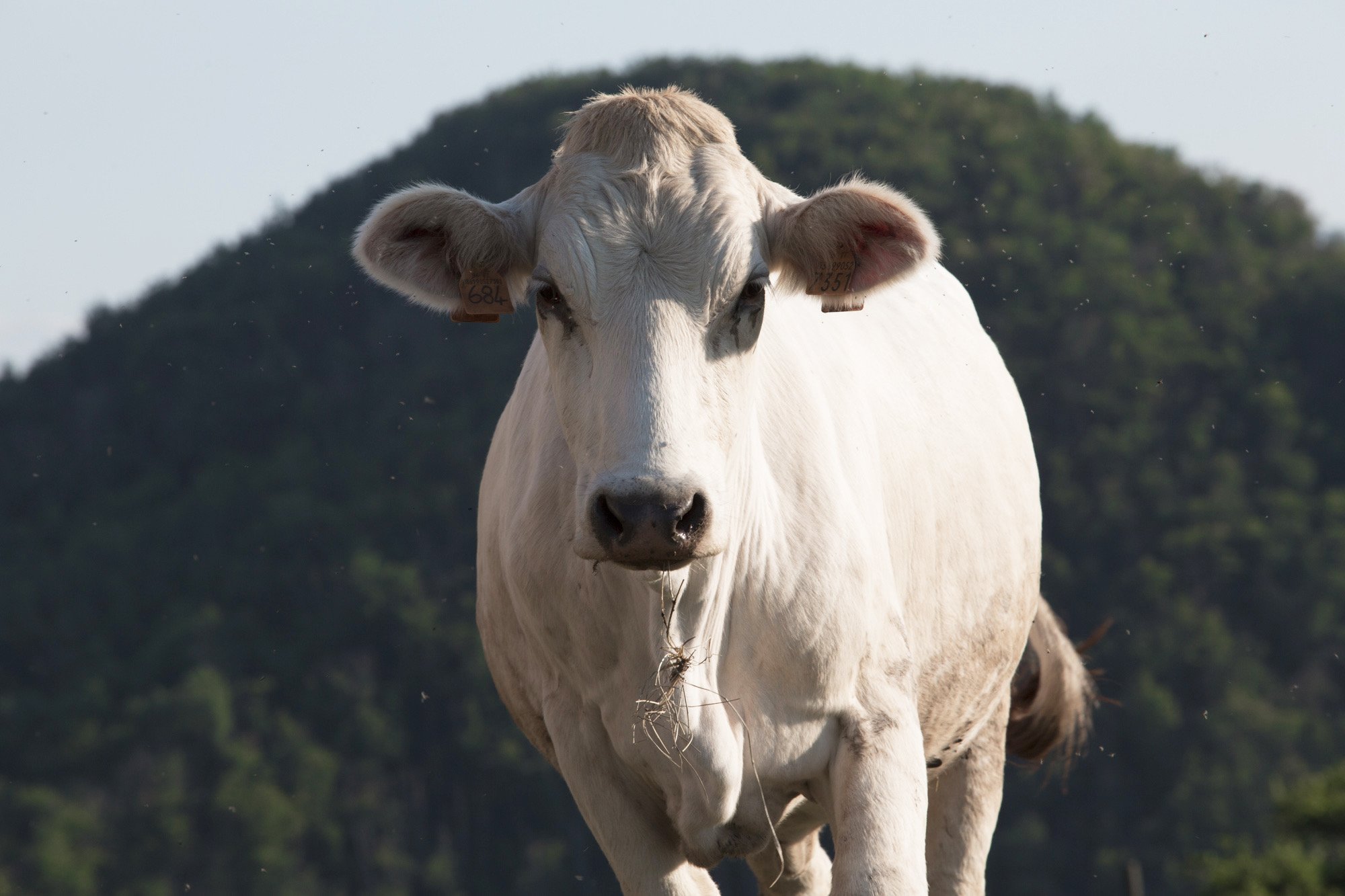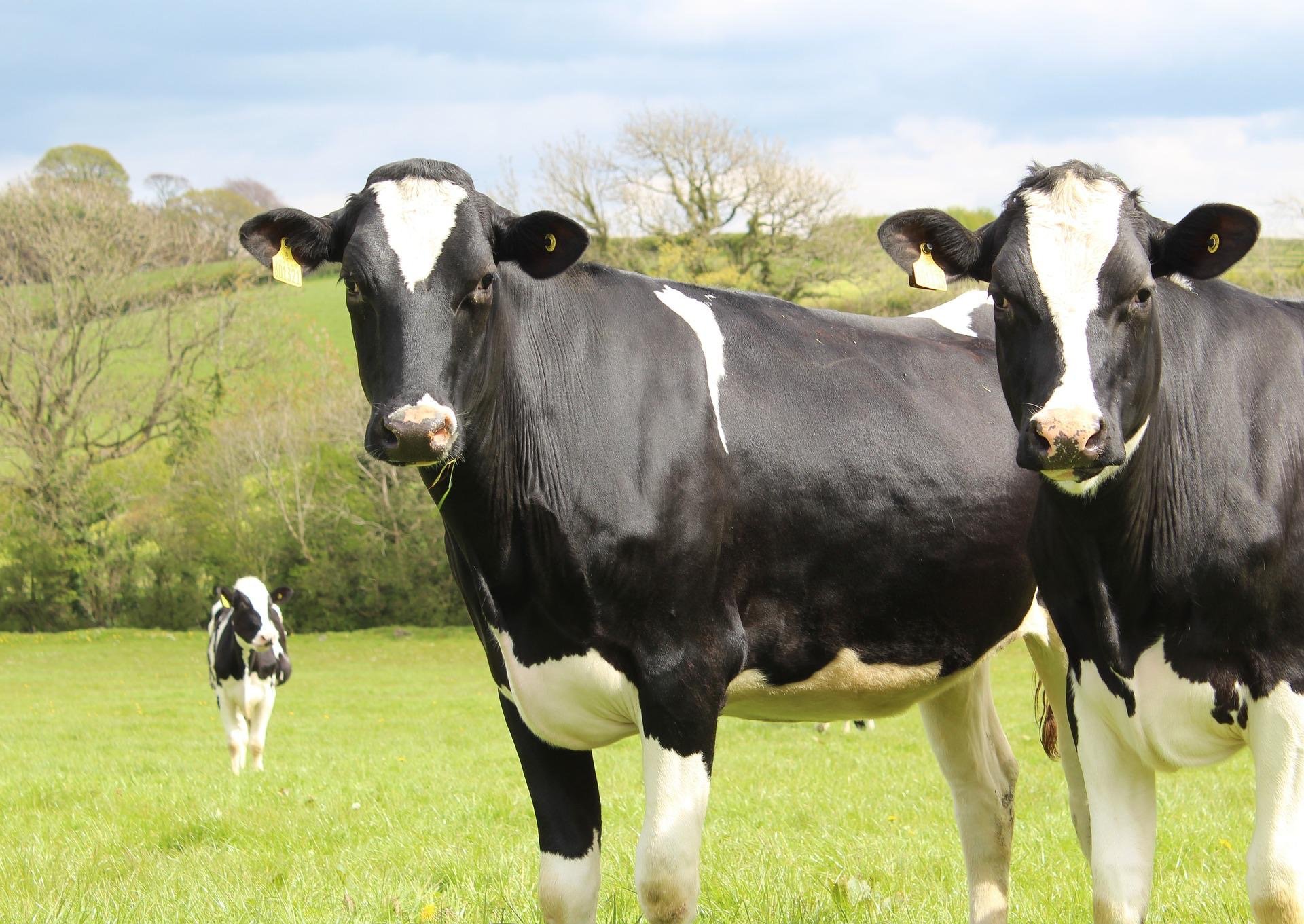The 3 Great Original Breeds Used to Make Parmigiano Reggiano
Nine hundred years ago, in the provinces of Parma and Reggio Emilia, Cistercian and Benedictine monks committed themselves to finding a cheese that could last long, eventually landing on what the world now knows as Parmigiano Reggiano. Today, Parmigiano is known as “The King of Cheeses”, and for good reason with its intense savory and complex flavors, and its ability to pair with a number of foods. However the breeds originally used to make the cheese are not so common today.
Before the second-wave Industrial Revolution in the early 1900’s, there were three main cow breeds used to make Parmigiano Reggiano: the Bruna Alpina brown cow, the Reggiana red cow, and the Bianca Modenese white cow.
After the revolution, with the rise in popularity of this versatile cheese, cheesemakers were looking to keep up with this new demand. Enter the Friesian cow, able to produce a much higher yield of milk than the traditional breeds. Consequently, as cheese production using these new cows became the standard, the population of the ancient breeds started to decline, and by 1981, they were on the verge of extinction. What was once the go-to breed for making Parmigiano, had fallen into obscurity. But these traditional breeds are being revived.
A Brief History
According to the Consorzio Parmigiano Reggiano, Cistercian and Benedictine monasteries favored the granges and plains between Parma and Reggio Emilia because it was suitable for raising cows for milk production. This, coupled with the salt from Salsomaggiore (a small town in northern Italy), is what led to the creation of Parmigiano Reggiano.
Indigenous to this area of northern Italy was a specific breed of cow, the Reggiana. The monks used the milk from this breed to make their Parmigiano for several centuries, but by the 17th century, farming techniques significantly improved for the sake of profitability and consequently, the Bruna Italiana brown cow — the Italian breed of the Bruna Alpina breed — was created by Professor Bizzozzero who crossbred local cattle with bulls of the Brown Swiss breed. The Bruna is still used by Valserena, the oldest Parmigiano dairy in Parma.
Following close behind was the Bianca Modenese white cow which, along with the Bruna Italiana, was being used more and more in the production of Parmigiano due to its high milk output, inevitably pushing the Reggiana and Bianca Modenese cow closer to extinction. “With all indigenous breeds there is a tradeoff quality, which is quantity for quality. This is why the heritage breeds were converted to the Holstein breed during the Industrial Revolution,” says Lydia Burns, cheese expert at Rogers Collection, a company that imports fine quality, distinctive foods from across the world. Burns explains that the heritage breeds, the red, white, and brown, all produce significantly less volume of milk than the heritage breed, but what they have is higher quality. In terms of cheesemaking, quality is largely determined by solids in the cheese such as protein (particularly casein), and fat. This is what provides the texture as the cheese ages. As a result, with the heritage breeds you notice more of an advanced cheese with the aging time being no less than 24 months, whereas with the industrial breed when you have a cheese that’s aged that long it tends to be a little sandpapery and dry, and the body is compromised. With the heritage breeds those higher solids of casein and fat allows them to break down slower so you don’t lose the texture and moisture as rapidly, Burns says.
What Makes Heritage Breeds Great?
One of the main differences between Parmigiano cheese made using heritage breeds rather than industrial breeds is not only composition of the milk, but texture. “The red, white, and brown cows all have different profiles but what I find people latch on to in terms of similarities is texture,” says Burns. “It’s so supple and there’s so much give. Flavor wise they have their own nuances. The red and the brown tend to be a little more floral in aromatics, almost like a perfume, and balanced and delicate in flavor. The white cow has that super traditional savory wallop to it that is associated with Parmigiano, it’s just ramped up a bit then what you might taste in the conventional.” She goes on to explain that with the Holstein you usually find the typical umami flair you get from the enzymes that are in the grass and atmosphere, which is what makes Parmigiano parmesan on any level no matter where it’s sourced. “It’s definitely a more straightforward expression, with the heritage breeds there’s more complexity in the aromatics,” Burns says.
When it comes to differentiating the quality and flavor profiles of this kind of cheese, as well as the advantages and disadvantages of the heritage breeds compared to the industrial breed, what stands out is not only texture, especially in a cheese aged for a longer period of time, but the standard of living for the cows. “Parmigiano is different based on what the cows are eating and where they’re grazing, if they’re grazing at all. The brown cow grazes on flat lands, while the red cow is more middle, and the white cow is way up in the mountains,” says Burns. She goes on to explain that another huge component is having cows and their feed that are treated and cared for. The bigger farms are going for quantity over quality, giving them feed that’s been ground down so the cow doesn’t have to break down the flowers or stems, which is a really important part of the process. It determines how healthy the milk and cow are. “I’ve heard statistics that up to 60% of all the aromatics experienced in cheese derive directly from what the animals are eating. The Vacche Bruna are milked until they’re almost 15-16, which is unheard of in the world of cheesemaking, but it’s because they’re doing it right. They grow their feed, feed them, take care of their hooves and temper their water,” Burns says. With the Holstein breed, they look for output rather than quality, which makes it hard to know exactly what cheese made using these breeds is going to taste like every time. It’s not going to have the nuances of flavor texture because you’re not going to have healthy animals.
The Heritage Breeds
The Rossa Reggiana
Known as the “mother” of Parmigiano Reggiano, this breed of cow is what the monks who invented this cheese originally used and is where it all started. After this breed began to be replaced by cows that had a higher milk output, their population slowly decreased and by the 1980’s, there were only around 450 left, verging on extinction.
To combat this, a group of breeders committed themselves to the idea of once again producing Parmigiano with this ancient breed. Not only did they pioneer the movement to once again make cheese with this historic breed but it is one of the only cheese factories in the world today that makes Parmigiano with the Reggiana red cow, called the Consorzio Vacche Rosse located in the province of Reggio Emilia where they have 2 factories.
They still make this cheese exactly how it was made over 800 years ago with the same ingredients, method, and care. Because of its longer aging process, the Consorzio explains that the cheese has a very sweet and delicate flavor profile.
The Bruna Italiana
According to Burns, the Bruna Italiana breed is one of the best milks for cheese in the world. The Bruna Italiana is the Italian version of the Bruna Alpina. The breed originated from the Swiss and Austrian people who adapted to the region's environment and brought with it this cow that was reborn with the American Brown swiss cow. The oldest producer of Parmigiano using this breed is made by cheesemaker Giovanni Serra and his family in Parma, located in the Po River Valley of Emilia-Romagna.
They are one of only 4 members of the Consorzio di Sola Bruna, or the brown cow consortium.
Even though this traditional breed was created specifically for higher production of milk to make Parmigiano, the population was still driven down and cheese production using this cow was not what it used to be as the industrial Frieisian cow breed was able to produce much more milk. Still, this breed along with the Freisian cow were used more frequently as substitutions for the other breeds that produced less milk. As far as taste, it is rich in flavor and gives sensations of full body completeness. Burns explains that because the Bruna Italiana is fattier, it makes the cheese more supple and creamy. And although it is more buttery, it still has crystallization and a crunchy component. This particular producer is able to make 10-12 wheels per day.
The Bianca Modenese
According to Caseficio Rosola, like the Reggiana cow, this breed went nearly extinct in the late 20th century and today, there are only two producers who make cheese using the Bianca Modenese cow, and one of them pioneered this production in 2005, Caseificio Rosola di Zocca.
They are a 7-member cooperative of small farms in the mountains committed to protecting this breed at any cost. The Caseficio Rosola says that the curd from this cow is sweeter and more elastic, making the care that has to take place in producing this cheese crucial. The cheese is rich and dense in flavor but also subtle with its smooth, buttery taste. Due to the cow’s low milk yield, they are only able to produce two wheels a day.
The Industrial Breed: Holstein Friesian
The most common breed among Parmigiano cheese makers is the Holstein Friesian cow, imported from Holland. It is known as the Friesian because it was originally from the Dutch region of Friesland. According to the Consorzio Parmigiano Reggiano, they were first brought to Italy at the end of the 19th century and cross bred with cattle from the Italian breeding farms, and by the middle of the 20th century, after becoming acclimated to this new region, they were best known for their high productivity in producing milk and became the foremost breed used in making Parmigiano.
Though many cheese makers today choose to produce Parmigiano Reggiano with the more modern Holstein breed, there are still cheese makers out there who choose to honor and preserve the rich history and tradition of making this famous cheese so that cheese lovers across the world can still enjoy the exact same product that was first invented over 900 years ago. If you’re interested in buying cheese made from any of the heritage breeds, Rogers Collection exclusively carries all of them.

